Dec 5, 2022
Asian Art Museum Delivers Color and Drama in 2022-2023
SAN FRANCISCO, December 5, 2022 — Over the coming year, the Asian Art Museum will take you on a journey across time and space, from Bollywood to Beat-era San Francisco to a dazzlingly animated 21st-century Asia populated by cyborgs, kings, and popstars; from the misty forests of Ming China to groovy seventies Zodiac landscapes; from ancient Himalayan hells to outsized modern monsters we can all relate to.
“Our recent transformation and the expansion of our mission to ‘celebrate Asian American culture’ has given us a bigger, broader platform to display art from regions and creators that have historically been less well represented, not only in our collections and exhibitions, but across museums generally,” says Dr. Jay Xu, The Barbara Bass Bakar Director and CEO of the Asian Art Museum. “Our audiences want vibrant encounters with incredible art and, through this art, to understand the world around them, to understand how the past connects to the present, and to join in conversations about today’s most critical issues. That’s exactly what we can promise in 2022 and 2023: the Asian Art Museum firing on all cylinders.”
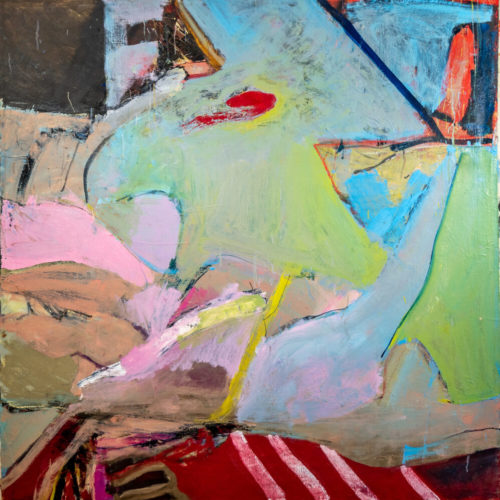
Bernice “Bingo” Bing (1936–1998) was a master of eye-catching Abstract-Expressionism whose contributions to the movement have been marginalized for decades. A San Francisco native, Chinese American, and lesbian, Bing looked across the Pacific as much as to New York and Europe for inspiration. Her huge, colorful canvases are alive with a unique feeling of time, place, and self.
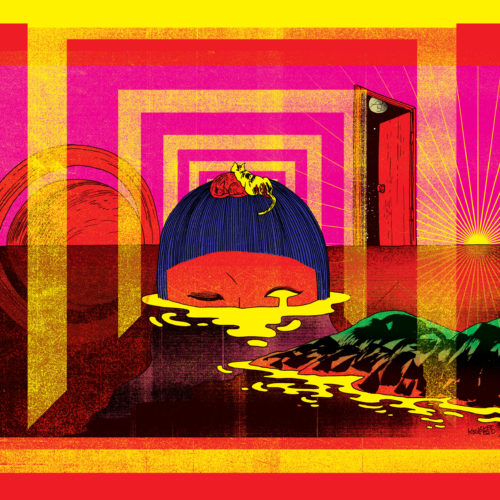
Kongkee, an award-winning animation director and visual artist, takes you back to the future in an odyssey 2,000 years in the making. Part comic book, part motion picture, part meditation on history repeating, the immersive experience of this major exhibition traces the legendary Chinese poet Qu Yuan’s soul on an neon-soaked journey from the ancient Chu Kingdom to an imagined 21st century Asia of cyborgs, popstars, and surprising romantic reunions.
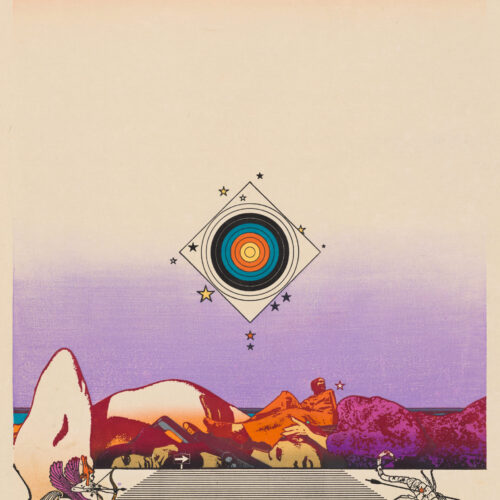
Explore almost 50 prints from influential Japanese artist Hodaka Yoshida (1926-1995) in his first ever U.S. solo exhibition. Born into an artistic clan famed for their blend of Japanese and Western styles (with a dozen family works also on display), Hodaka forged his own unique style of fantastic, imagined landscapes inspired by his globe-spanning journeys, photography, poetry, astrology, and ancient art, many created with new photoetching and collage techniques.

Step into some of East Asia’s most unforgettable forests. Hong Kong-born and Vancouver-based artist Lam Tung Pang’s gallery-spanning installation unites a millennium of Chinese, Korean, and Japanese nature scenes scaled up from the picture page to near life size. Instead of ink and brush, Lam used a blowtorch and charcoal to score the intricate drawings onto plywood, inviting us to grapple with political and climate anxiety by layering history and memory into these ghostly masterpieces.
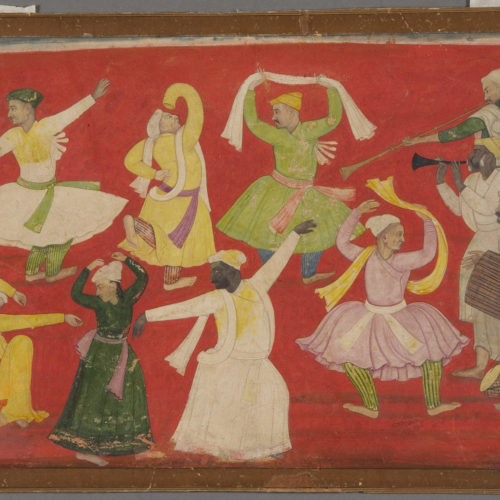
From larger-than-life temple sculpture to paintings crafted for intimate viewing to immersive video works by contemporary artists, artworks from across South and Southeast Asia and the Himalayas have for millennia illuminated vital connections between movement, life, and the spirit. This exhibition will, for the first time in an American museum, welcome audiences to experience the critical interplay between visual arts and dance in the Indian cultural sphere, from ancient rituals to the glamour of Bollywood.

Descend into the absurd, lurid, grotesque—and often gorgeous—geographies of the afterworld as conceived by Asian religious artists. Meet fascinating figures, face challenging phantoms, and discover how the karmic connection between action and experience can go all wrong. As you experience world-class ancient and contemporary art, you might wonder: is hell for real, or are our hells taking us for a ride? Jump on the roller coaster into and out of the darker parts of our spiritual imagination—one also filled with light, humor, and maybe even a little healing.
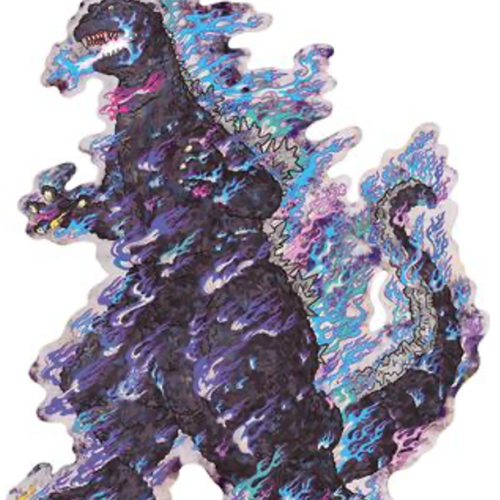
Takashi Murakami is an artistic mix-master, blending the aspirations and anxieties of postwar Japan and global popular culture into critically acclaimed and iconic paintings, sculptures, and multimedia works. The first solo show in San Francisco for one of Japan’s most important living artists, this original exhibition examines Murakami’s multifaceted career through the lens of monster-themed works created over the past decade
* Indicates a major exhibition in the new Akiko Yamazaki and Jerry Yang Pavilion
About the Asian Art Museum
Located in the heart of San Francisco, the museum is home to one of the world’s finest collections of Asian and Asian American art, with more than 20,000 awe-inspiring works ranging from ancient jades and ceramics to contemporary video installations. Dynamic special exhibitions, cultural celebrations and public programs for all ages provide rich art experiences that unlock the past and spark questions about the future.
Information: 415.581.3500 or asianart.org
Location: 200 Larkin Street, San Francisco, CA 94102
Never miss a moment: @AsianArtMuseum
Image credits: A Lady and a Road Map, 1962, by Bernice Bing (American, 1936–1998). Oil on canvas. Asian Art Museum of San Francisco, Museum purchase, 2020.26. © Estate of the Artist. Photograph © Asian Art Museum. The Singer, 2018, by Kongkee (Kong Khong-chang 江記; b. 1977, active Hong Kong and London). Artwork and image courtesy of the artist and Penguin Lab. Copyright © 2018 the artists. Sagittarius, 1973, by Yoshida Hodaka (Japanese, 1926 – 1995). Photoetching and woodblock prints; ink and colors on paper. Museum purchase, Thomas F. Humiston Acquisition Fund. Photograph © Asian Art Museum. Past Continuous Tense (detail), 2011, by Lam Tung Pang (Chinese, b. 1978, active Hong Kong). Charcoal, image-transfer, and acrylic on plywood. Asian Art Museum of San Francisco, Acquisition made possible by the Kao/Williams Family Foundation, 2020.20a-zz. © Lam Tung Pang. White-Robed Water-Moon Avalokiteshvara (Gwaneum bosal), 2008. by Seol Min (Korean, b. 1966). Ink and colors on cotton. Asian Art Museum, Gift of Seol Min, 2008.11. © Buddhist nun Seol Min. Photograph © Asian Art Museum of San Francisco. Dancing villagers (detail), approx. 1730. Attributed to Pandit Seu (Indian, 1680–1740). Opaque watercolors on paper. Los Angeles County Museum of Art, from the Nasli and Alice Heeramaneck Collection, Museum Associates Purchase, M.77.19.24. Untitled, 2019, by Takashi Murakami (Japanese, b. 1962). Acrylic on canvas mounted on wood panel. Courtesy of Perrotin Gallery © the artist.
####